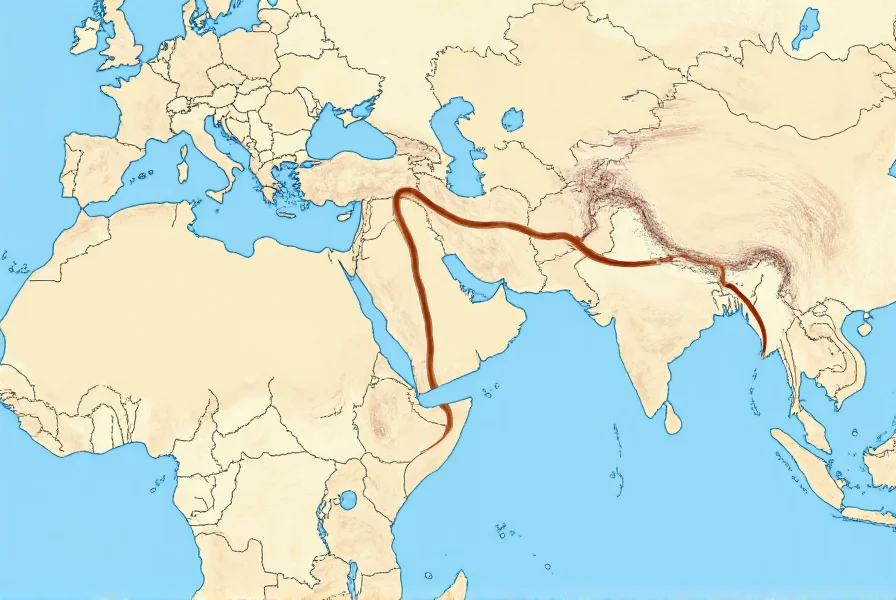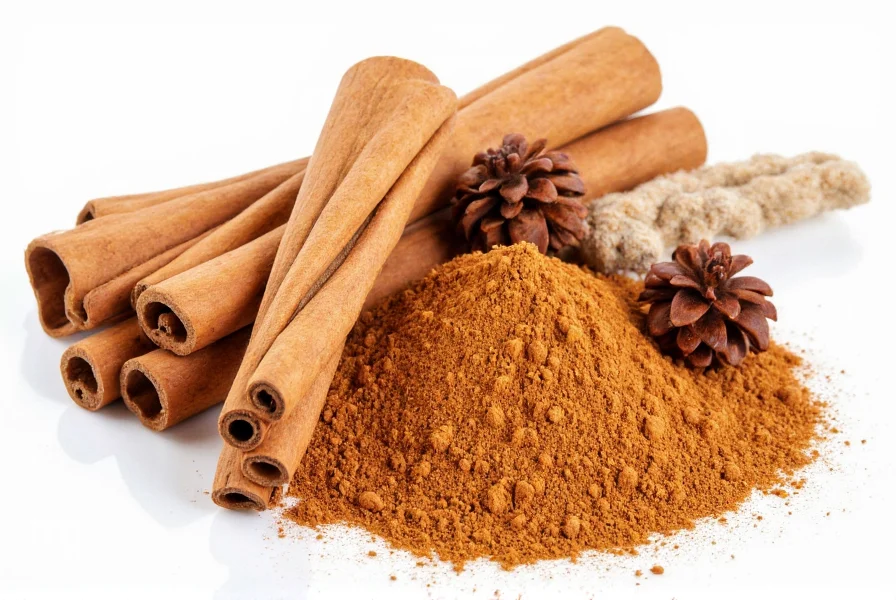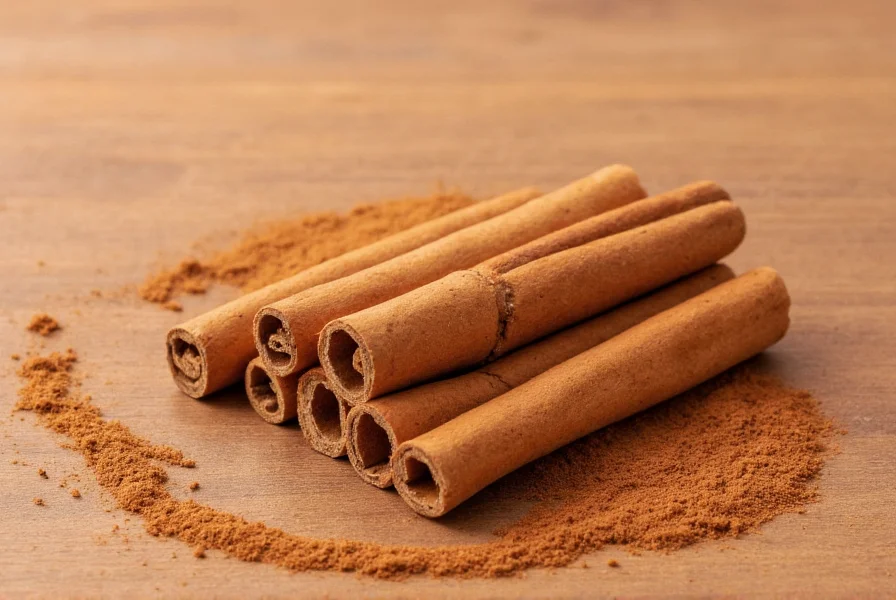Cinnamon isn't just a kitchen staple—it's a spice with a story spanning millennia. When you ask about cinnamon meaning, you're tapping into a rich tapestry of linguistic evolution, cultural symbolism, and historical significance that extends far beyond its role in baking and cooking.
Etymology: Tracing Cinnamon's Linguistic Roots
The journey of the word “cinnamon” reveals fascinating connections across ancient civilizations. The English term derives from the Greek “kinnāmōmon,” which scholars believe originated from the Hebrew “qinnamon” or Phoenician “qinnamon.” Some linguists trace it even further back to the Malay word “kayu manis,” meaning “sweet wood.”
In Latin, it became “cinnamomum,” which eventually evolved into the modern scientific genus name Cinnamomum. This linguistic evolution mirrors cinnamon's historical trade routes, which stretched from Southeast Asia through the Middle East to Europe.

Botanical Definition and Types
When discussing cinnamon etymology and origin, it's essential to understand what cinnamon actually is botanically. Cinnamon refers to the inner bark of several tree species from the Cinnamomum genus in the Lauraceae family. The two primary varieties are:
| Type | Scientific Name | Origin | Flavor Profile |
|---|---|---|---|
| True Cinnamon | Cinnamomum verum | Sri Lanka | Milder, sweeter, more complex |
| Cassia Cinnamon | Cinnamomum cassia | China | Stronger, spicier, more common |
Understanding these distinctions is crucial when exploring the historical meaning of cinnamon, as different cultures historically accessed different varieties based on trade routes.
Cultural and Symbolic Meanings Across Civilizations
The cinnamon symbolism in different cultures reveals how deeply this spice was woven into ancient societies:
Ancient Egypt
In Egyptian culture, cinnamon was more valuable than gold. It featured prominently in embalming rituals and was considered a gift worthy of gods. The Egyptians believed cinnamon had purifying properties, using it in sacred ceremonies and as a status symbol.
Biblical References
The Bible mentions cinnamon several times, particularly in Exodus 30:23, where it's included in the recipe for sacred anointing oil. This established cinnamon's association with holiness and divine blessing in Judeo-Christian tradition.
Ancient Rome and Greece
Roman historian Pliny the Elder recorded that a pound of cinnamon cost 300 denarii—equivalent to more than a year's wages for a laborer. The Greeks and Romans associated cinnamon with luxury and used it in perfumes, medicines, and religious ceremonies.
Spiritual and Metaphysical Interpretations
When people search for what does cinnamon mean spiritually, they're often seeking insights into its esoteric significance. Across various spiritual traditions, cinnamon carries several symbolic meanings:
- Prosperity and Abundance: Many cultures burn cinnamon sticks or use cinnamon oil to attract wealth and success
- Protection: In hoodoo and other folk magic traditions, cinnamon is used in protective charms and spells
- Healing and Purification: Its warming properties made it symbolic of healing energy in many traditions
- Love and Attraction: Cinnamon's sweet aroma has long been associated with romantic energy
These spiritual interpretations contribute significantly to the what is the true meaning of cinnamon question that many seekers explore.
Modern Significance and Usage
Today, cinnamon maintains its dual identity as both a practical kitchen ingredient and a symbol with deeper meaning. Modern research has validated many traditional uses, particularly cinnamon's potential health benefits related to blood sugar regulation and anti-inflammatory properties.
The cinnamon definition and significance in contemporary culture extends beyond the kitchen:
- In aromatherapy, cinnamon scent is used to boost energy and mental focus
- In culinary arts, it represents comfort, warmth, and holiday traditions
- In natural wellness communities, it symbolizes holistic healing approaches
- In business, “cinnamon” often appears in brand names suggesting warmth, approachability, and tradition

Why Understanding Cinnamon's Meaning Matters
Exploring the full cinnamon meaning provides more than just etymological curiosity—it connects us to human history, trade networks, cultural exchanges, and our ongoing relationship with the natural world. When you understand what cinnamon meant to ancient traders who risked their lives to bring it to market, or how it featured in sacred rituals across continents, you gain perspective on how a simple spice helped shape human civilization.
Whether you're a chef seeking deeper appreciation for your ingredients, a historian tracing ancient trade routes, or someone exploring spiritual symbolism, understanding cinnamon's multifaceted meaning enriches your perspective on this everyday spice.











 浙公网安备
33010002000092号
浙公网安备
33010002000092号 浙B2-20120091-4
浙B2-20120091-4